Centrifugal pumps are indispensable across various industries, providing an efficient solution for the movement of fluids. At the core of this mechanical system lies the impeller, a vital component that dictates the pump’s performance and efficiency. Among the various types of impellers used, the bladed impeller stands out for its remarkable ability to enhance the functionality of centrifugal pumps.
The Mechanics of Bladed Impellers
Bladed impellers serve as the primary force behind the movement of fluid within the pump. As the impeller spins, its blades accelerate the fluid outward, using centrifugal force to increase the pressure. This dynamic process is essential in ensuring that fluid is moved from the pump's inlet to its discharge port efficiently, making it an integral part of the pump's operation.
The design of the blades themselves is crucial. Depending on the application, bladed impellers can be engineered with varying shapes, sizes, and materials. These modifications help tailor the impeller to the specific demands of the system, whether that’s handling high-viscosity fluids, ensuring higher flow rates, or optimizing energy efficiency.
Optimizing Efficiency and Performance
The role of the bladed impeller goes beyond merely moving fluid. It significantly impacts the overall efficiency and energy consumption of a centrifugal pump. The geometry and pitch of the blades are carefully designed to minimize energy loss while maximizing flow capacity. A well-designed bladed impeller can achieve optimal performance, reducing the need for excessive power input and improving the longevity of the pump.
Moreover, the number of blades plays a pivotal role in managing the pump’s performance under varying conditions. Fewer blades can reduce friction and lead to higher flow rates, while more blades provide a more stable fluid discharge, which can be critical for certain operations.
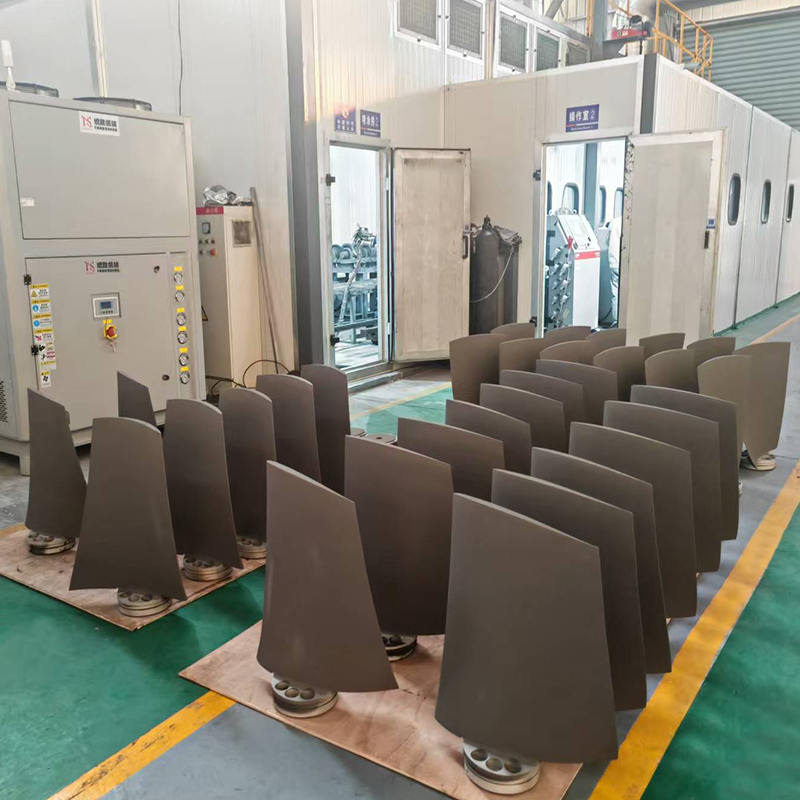
Handling Fluid Dynamics
Bladed impellers excel in managing complex fluid dynamics. As the fluid enters the pump, the blades induce a spiral motion, directing the fluid outward toward the casing. This action increases the kinetic energy of the fluid, which is then converted into pressure. The result is a smoother and more controlled flow of fluid, crucial for systems that require precise fluid handling, such as in chemical processing, water treatment, and oil refining.
In applications where fluid handling is delicate, the bladed impeller’s design ensures that the pump can operate without causing cavitation—an issue where vapor bubbles form in the fluid, potentially damaging the pump. The impeller’s blade design and rotation speed are engineered to minimize this risk, ensuring smooth and reliable operation.
Applications Across Industries
Bladed impellers are critical in a wide range of industries, from water treatment plants to petrochemical refineries. Their versatility allows them to be customized for specific fluid types, including corrosive, high-temperature, or abrasive liquids. In such environments, bladed impellers are designed not only for efficiency but also for durability, with materials such as stainless steel, bronze, or even specialized alloys being used to withstand harsh conditions.
In the world of HVAC systems, bladed impellers are also found in fan-driven units where air needs to be moved efficiently through ducts. Their role in such systems is to ensure consistent airflow, contributing to the overall energy efficiency of the system.
The bladed impeller is a cornerstone in the functionality of centrifugal pumps, influencing both the efficiency and longevity of the pump. Through careful design and material selection, these impellers optimize fluid dynamics, reduce energy consumption, and extend the operational life of pumps across a diverse array of industries. As technology advances, the role of bladed impellers will continue to evolve, further refining the performance of centrifugal pumps and ensuring their place as a vital component in modern fluid management systems.

 ENG
ENG
 English
English عربى
عربى Español
Español 中文简体
中文简体
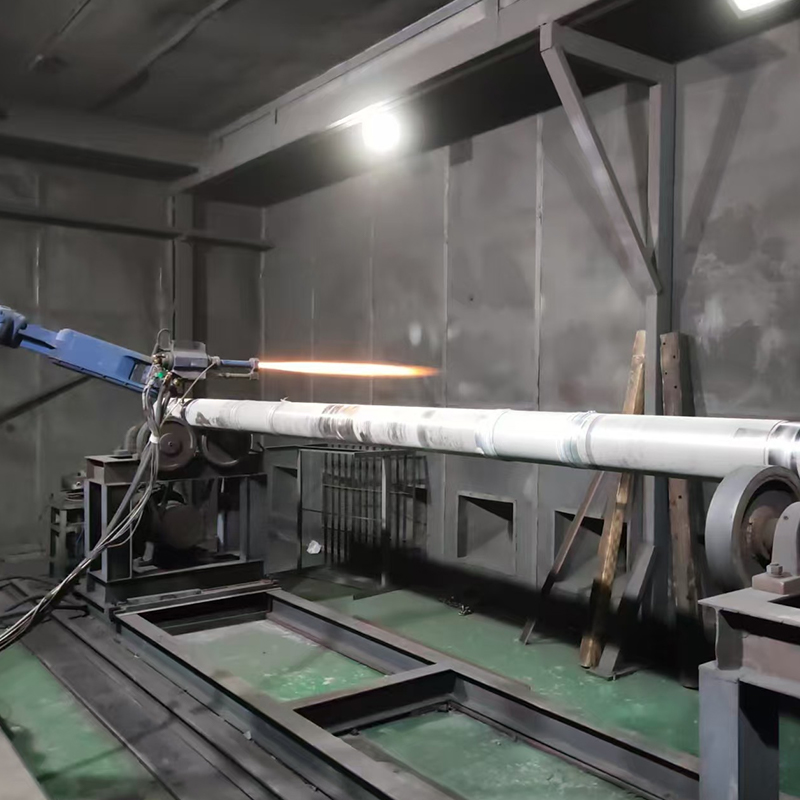
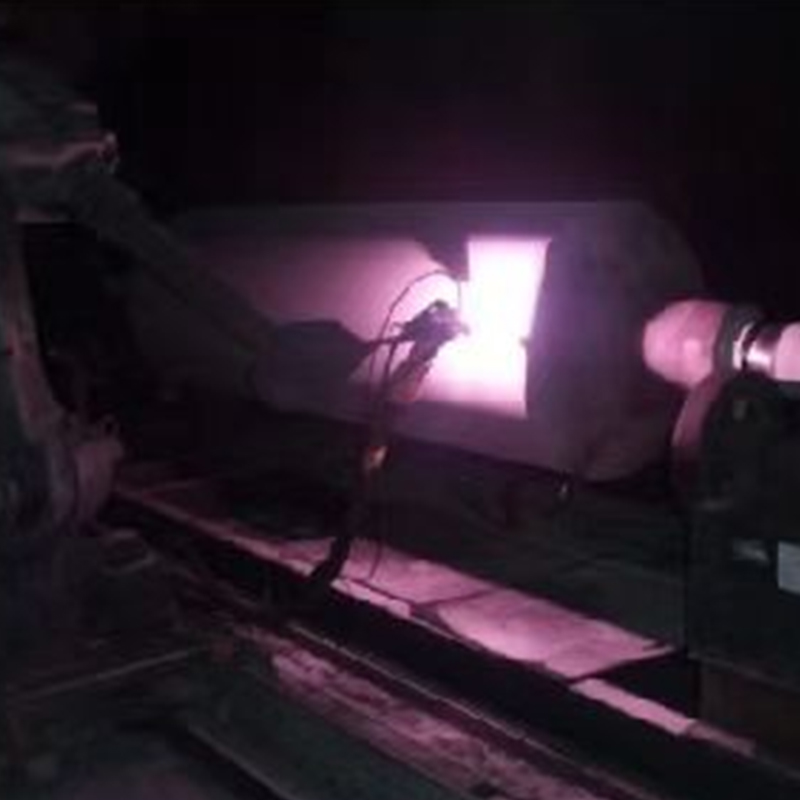


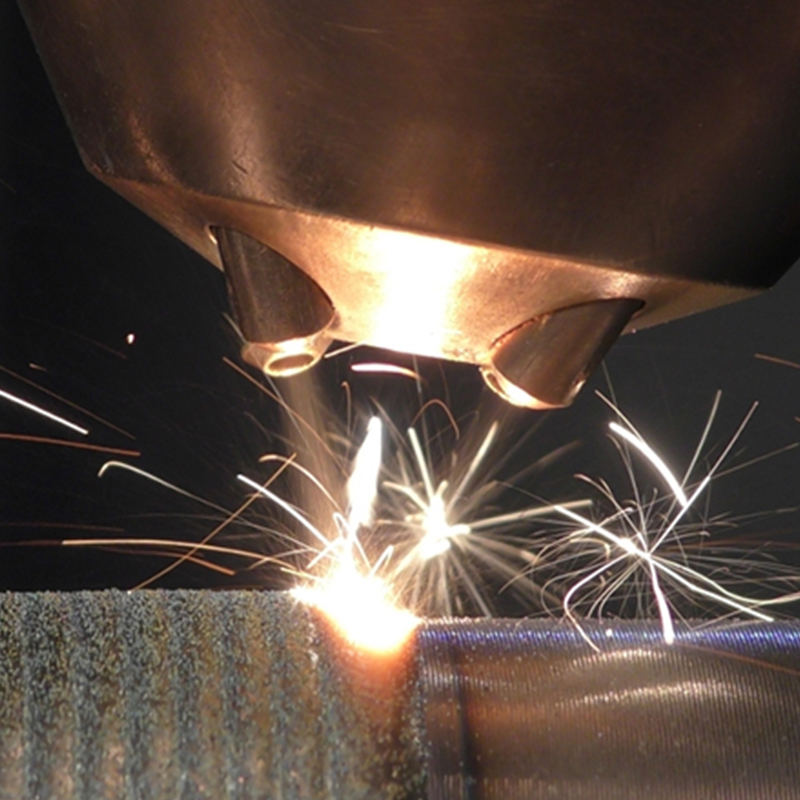

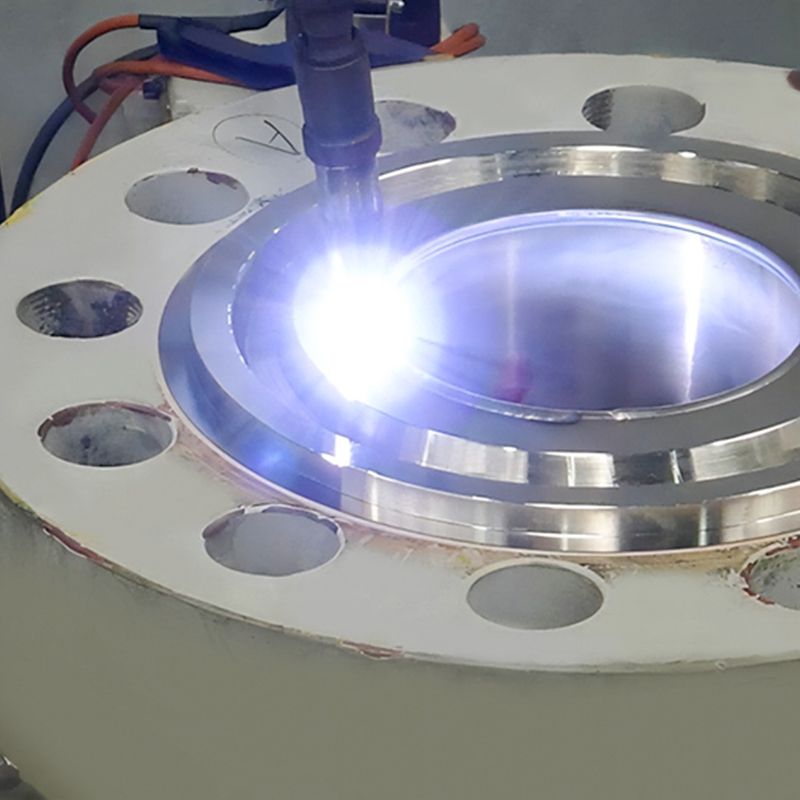
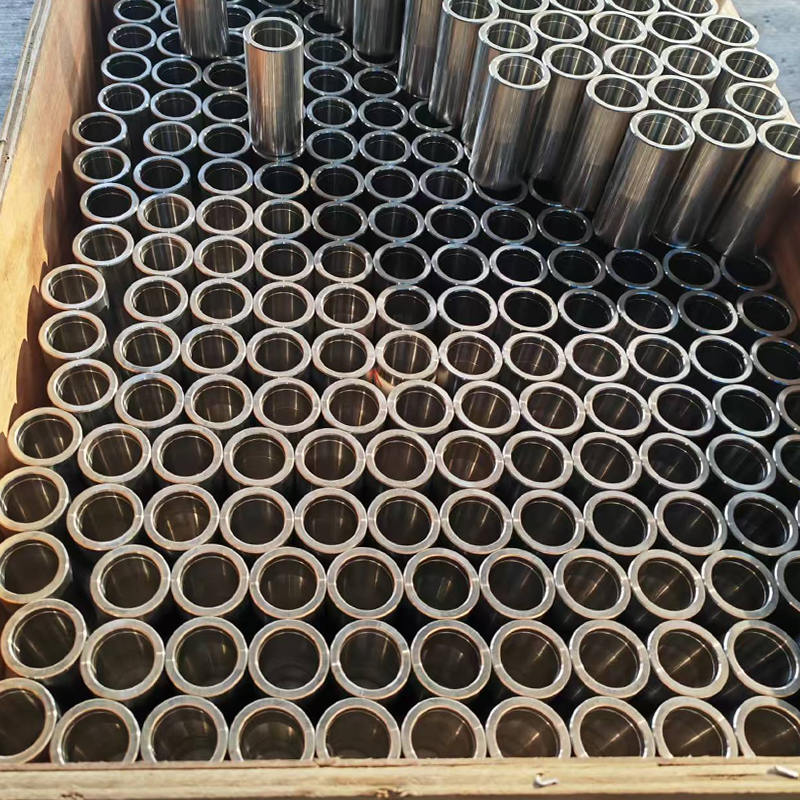
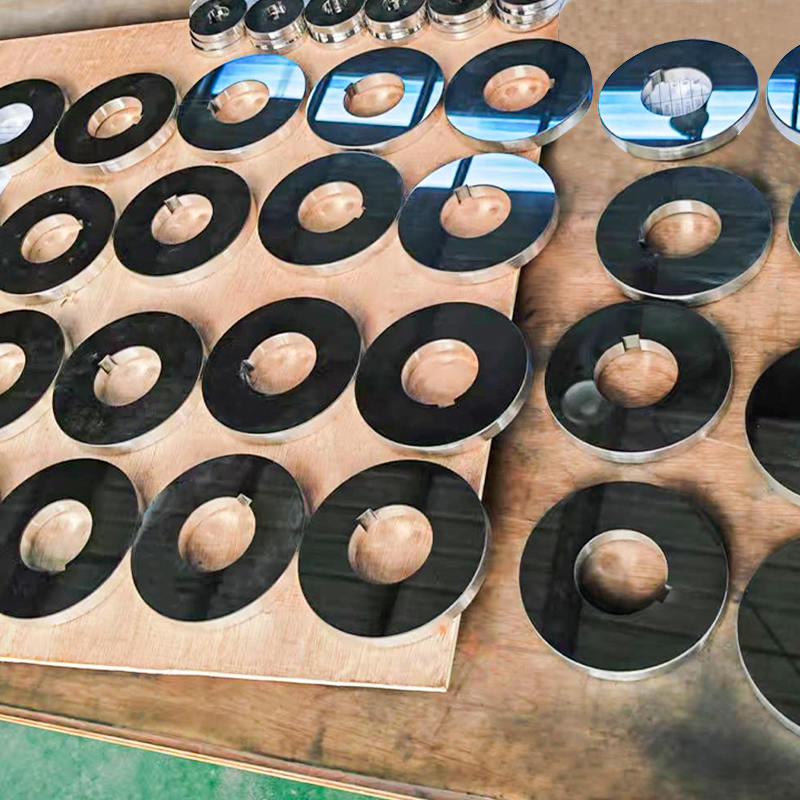
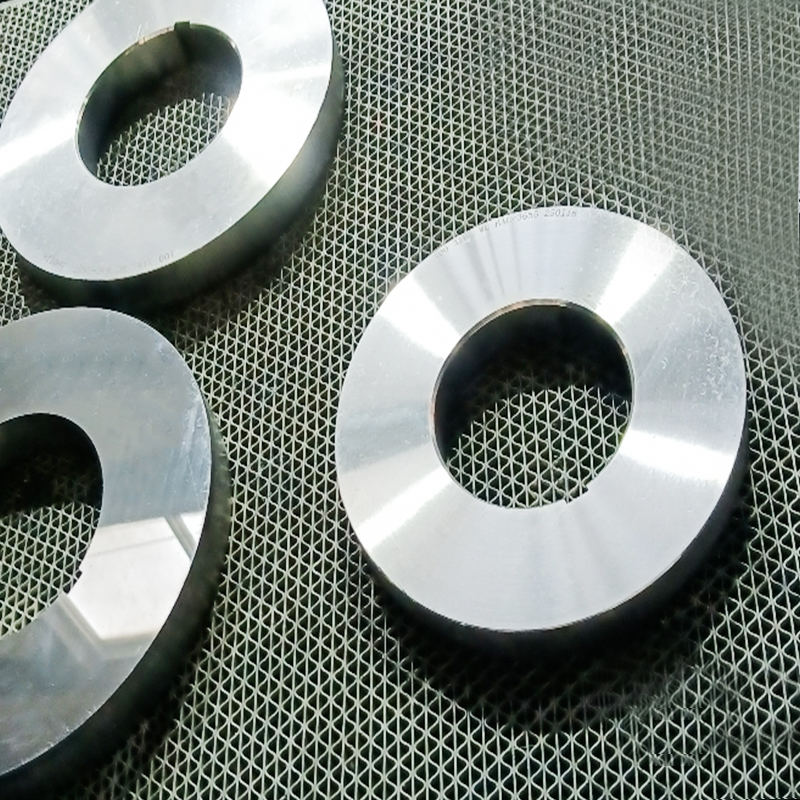
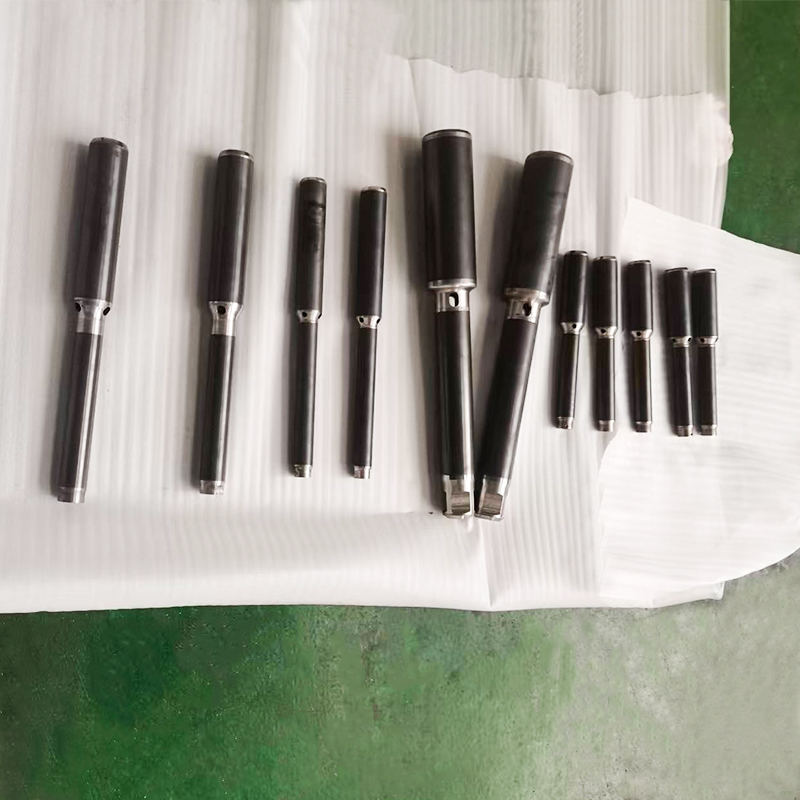
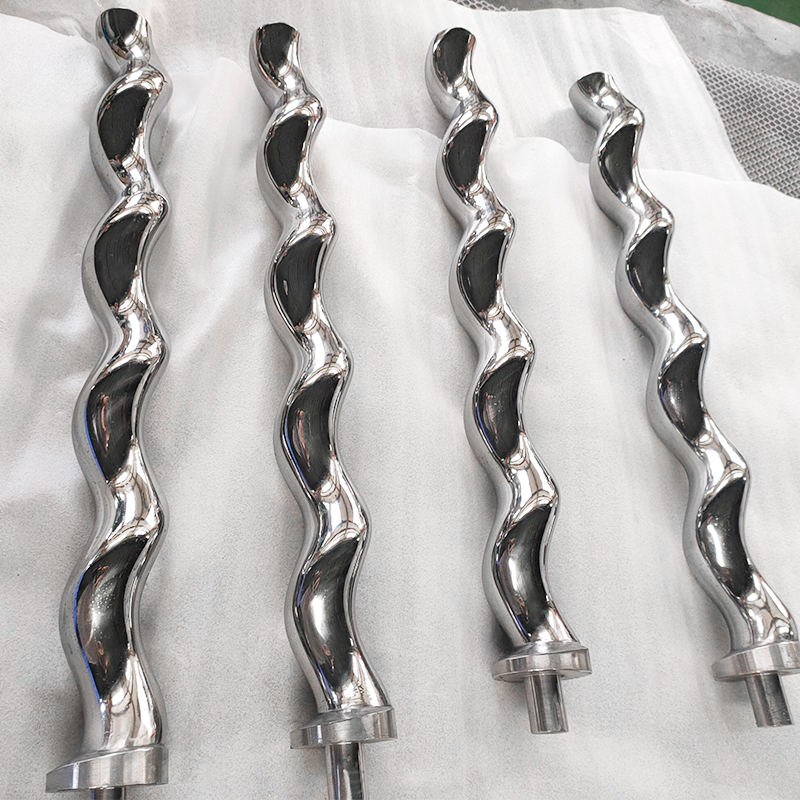

 TOP
TOP